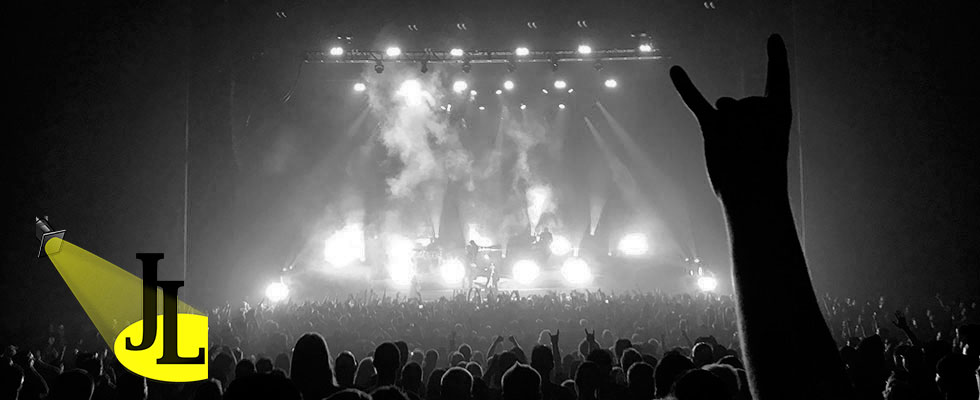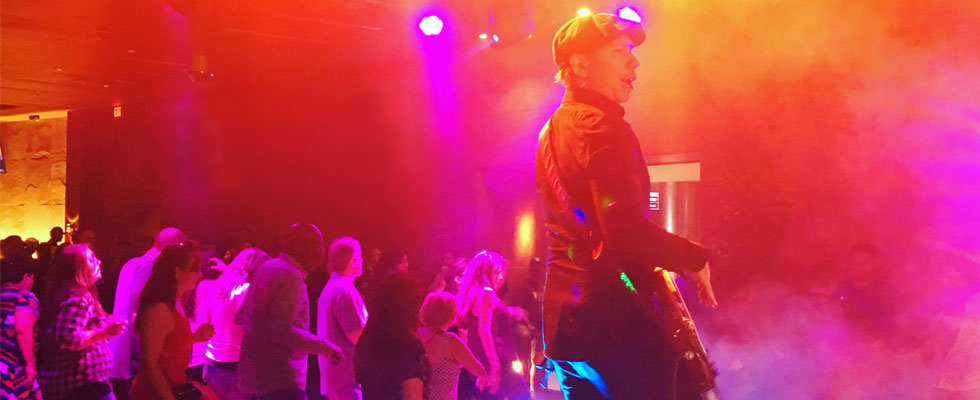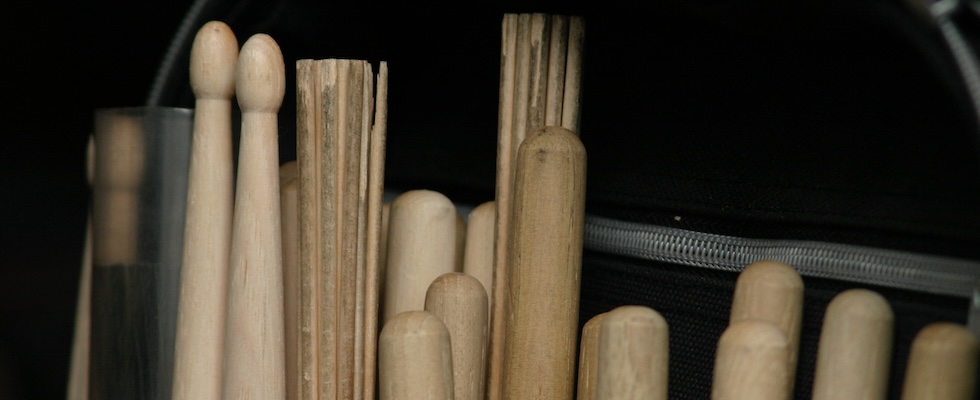In a previous post, I explained the vital importance of ancillary income for your club or venue. This income stream covers everything non-ticketed such as VIP, lawn chairs, bottle service, merchandise, food, and beverages. You can only sell your customer one ticket but multiple ancillary units. This makes the latter a key component of your venue’s profitability.
That is unless you unknowingly fix them.
Let’s take a hypothetical club that holds 1,000 people and assume that each person pays $20 to get into the facility. This leads to $20,000 in income. Let’s also assume that the venue only sells the ancillary value stream of alcohol. Now let’s look at two scenarios.
Scenario One – 21 plus only club:
In this scenario, you only allow persons 21 and older into the venue. For simplicity, let’s say 80% of those patrons drink and the average drink costs $10. This leads to an additional $8,000 in income for your venue. If you have one show per week, this leads to an additional $416,000 per year.
Scenario Two – 18 plus club:
In this scenario, you have a mix of 50% persons aged 18-20 and 50% persons aged 21 and older. Using the same assumptions above, we now have 80% from only 500 fans buying drinks. This has cut our ancillary income in half to $4,000 per night or only $208,000 per year.
You just “fixed” your ancillary sales and unknowingly cut your additional profitability in half. If you continue this trend, you do so further reducing your daily, weekly, monthly, and yearly profit. A 75% underage to 25% drinking age mix leads to only $2,000 per night of ancillary income, which is just $104,000 per year. You are leaving $312,000 on the table.
Hopefully, these numbers demonstrate the importance of understanding how your ancillary revenue stream relates to your customer mix. With this understanding, you can now look for ways to adjust these variables in favor of profitability. Here are a few options for the scenario above.
Adjust the Customer Mix: This starts with understanding your market demand and business objectives. If alcohol is a main ancillary driver and your market has a healthy collection of 21 plus patrons to pull from, simply making your club 21 and older might be the best option. Otherwise, you will have to put in place ticketing and operational procedures that limit the non-drinking age patrons to an established percentage or adjust one of the other variables to make up the difference.
Add Additional Revenue Streams: Introduce non-restrictive ancillary options such as VIP, food, and merchandise options that appeal to your underage clients.
Pricing Strategy: Charge the 18-20 year-olds a higher entrance fee to counteract the loss you will incur from their lack of ancillary purchases. The best way to do this is to look at your historic bar sales to establish a baseline for the number of drinks purchased per each patron. If you find this to be two drinks per person, then you need to tack on a premium of $20 per ticket (based on the assumptions above) for each underage patron.
The key is to remember that you are in business to maximize your shareholder wealth and that venue profit potential is fixed by its capacity. For every underage patron you let in, you cannot let in a legal drinking age fan who would (most likely) contribute to additional income for your business. As a manager, it is your responsibility to find ways to maximize the profit potential by controlling your customer mix, your products offered, and your pricing strategies.










